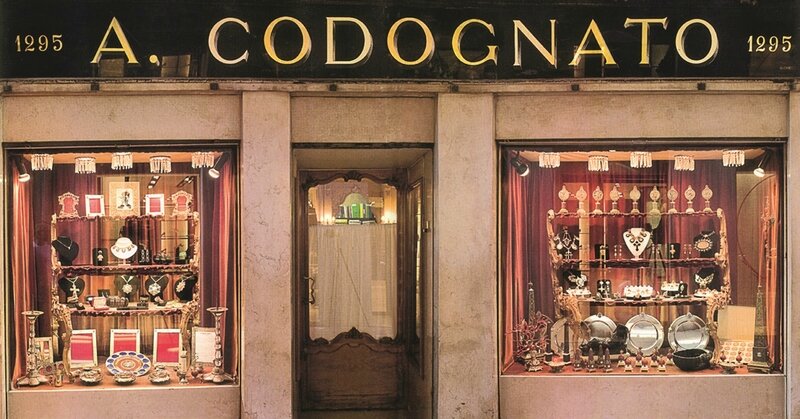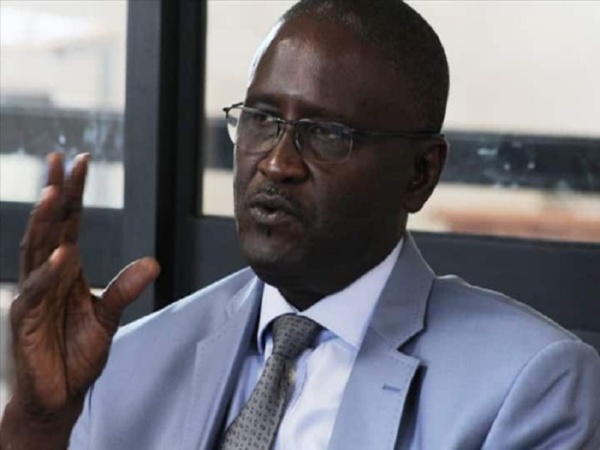Ethelburga of Faremoutiers, OSB Abbess (RM)
(also known as Aubierge, Ædilburh)
Died c. 664. The daughter of King Anna of the East Angles, Ethelburga longed to live the life of a nun. It seems that she lived in a family of saints that included her sister Saint Etheldreda.
Her eldest sister, Saint Sexburga, married King Erconbert of Kent. Sexburga influenced her husband a great deal. The Venerable Bede says that Erconbert was "the first English king to order the complete abandonment and destruction of idols throughout the kingdom." He also ordered everyone to observe the Lenten fasts. Their daughter, Saint Ercongota, entered a convent in Gaul with her aunts Ethelburga and Sethrida because, according to Bede, "as yet there were few monasteries in England."
About 660, Ethelburga succeeded her convent's founder, Saint Fara and her half-sister Sethrida, as abbess of the monastery of Faremoutier in the forest of Brie. She began to build a church there dedicated to all twelve Apostles, but she died before completing it and was buried in the half- finished building in 665. Later the nuns decided they could not afford to complete the church and Ethelburga's relics were reinterred in the nearby church of Saint Stephen the Martyr. At that time, her body was found to be incorrupt.
Ethelburga is mentioned in the Roman, French, and several English martyrologies (Attwater, Benedictines, Bentley, Delaney, Encyclopedia, Farmer).
In art, Saint Ethelburga is depicted as a Benedictine abbess carrying the instruments of the Passion. She is invoked to cure rheumatism (Roeder).
St. Edelburga, Virgin
SHE was daughter to Anna king of the East Angles, and out of a desire of attaining to Christian perfection, went into France, and there consecrated herself to God in the monastery of Faremoutier, in the forest of Brie, in the government of which she succeeded its foundress St. Fara. After her death her body remained uncorrupt, as Bede testifies. 1 She is honoured in the Roman, French, and English Martyrologies on this day. 2In these latter her niece St. Earcongota is named with her. She was daughter to Earconbercht king of Kent, and of St. Sexburga; accompanied St. Edelburga to Faremoutier, and there taking the veil with her, lived a great example of all virtues, and was honoured after her happy death by many miracles, as Bede relates. Hereswide, the wife of king Anna, the mother of many saints, after the death of her husband, retired also into France, and consecrated herself to God in the famous monastery of Cale or Chelles, five leagues from Paris, near the Marne, (founded by St. Clotilda, but chiefly endowed by St. Bathildes,) where she persevered, advancing daily in holy fervour to her happy death. See the history of the monastery of Chelles in the sixth tome of the late history of the diocess of Paris, by Abbé Lebeuf, and Solier on this day, p. 481, &c.
Note 2. On St. Edelburga, see Solier the Bollandist, ad diem 7 Julij, t. 2, p. 481. She is called in French St. Aubierge. See on her also Du Plessis, Hist. de Meaux. [back]
Rev. Alban Butler (1711–73). Volume VII: July. The Lives of the Saints. 1866.















